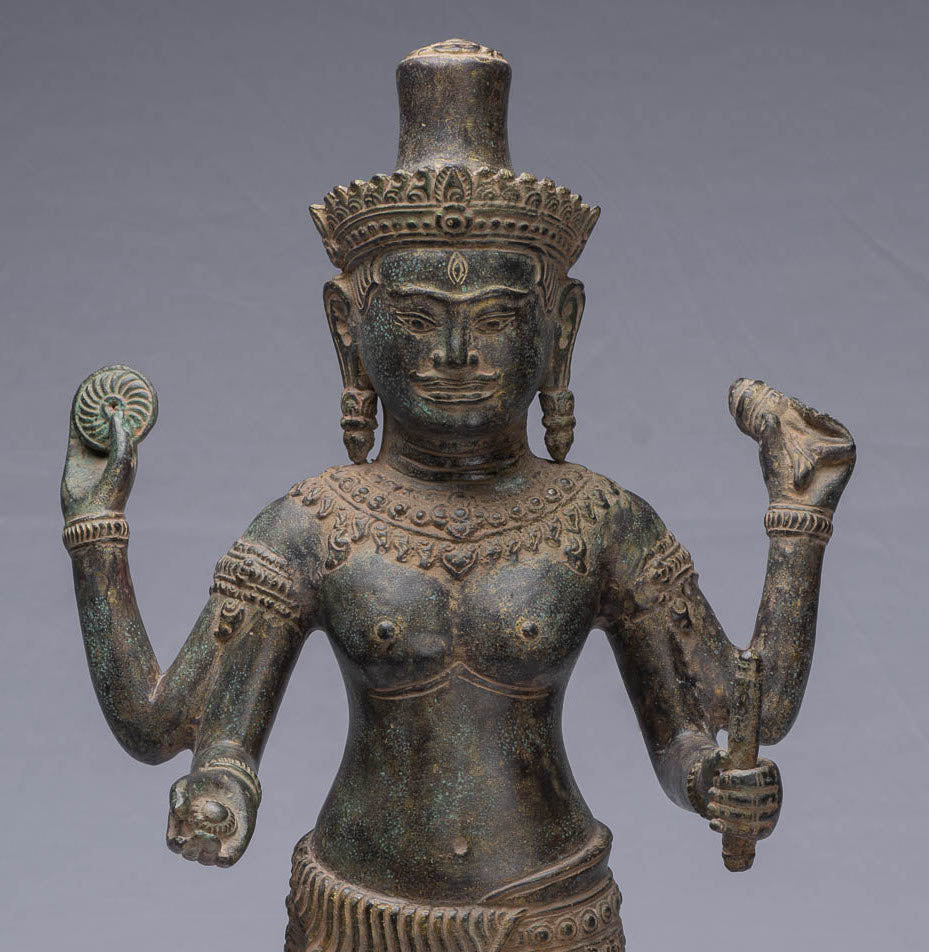
The Churning of the Sea of Milk Statue at Suvarnabhumi Airport: A Symbol of Thai Heritage and Universal Mythology
Travelers passing through Suvarnabhumi Airport in Bangkok are often captivated by the grandeur of the "Churning of the Sea of Milk" statue, a stunning depiction of one of Hinduism’s most iconic myths.
Located in the airport’s departure hall, this impressive sculpture is more than just an aesthetic centerpiece—it represents a profound story of creation, balance, and cosmic harmony.
Understanding the significance of this statue sheds light on its mythological origins, its place in Thai culture, and its role as a symbol of global unity.
The Myth of the Churning of the Sea of Milk
The "Churning of the Sea of Milk" is a pivotal episode in Hindu mythology, drawn from the Bhagavata Purana, Mahabharata, and Vishnu Purana. It narrates how the gods (Devas) and demons (Asuras) collaborated to churn the ocean of milk (Kshira Sagara) to extract the nectar of immortality (Amrita). This cosmic event unfolded as follows:
-
Collaboration Between Devas and Asuras: Faced with a weakening of their powers, the Devas sought Lord Vishnu’s guidance. Vishnu proposed an alliance between the Devas and Asuras to churn the ocean and retrieve Amrita, the elixir of immortality.
-
Mount Mandara and Vasuki the Serpent: Mount Mandara was used as the churning rod, and Vasuki, the king of serpents, served as the rope. The Devas and Asuras pulled alternately on Vasuki to rotate the mountain and churn the ocean.
-
The Emergence of Treasures: The churning process yielded numerous divine treasures, including the goddess Lakshmi, the celestial horse Uchchaihshravas, and the wish-granting tree Kalpavriksha. Eventually, Dhanvantari, the divine physician, emerged with the pot of Amrita.
-
Vishnu’s Intervention: To prevent the Asuras from monopolizing the nectar, Vishnu disguised himself as Mohini, a beautiful enchantress, and distributed the Amrita exclusively to the Devas, ensuring cosmic balance.
The story symbolizes the eternal struggle between good and evil, the necessity of cooperation, and the rewards of perseverance and divine intervention.
The Statue at Suvarnabhumi Airport
The statue at Suvarnabhumi Airport is a contemporary interpretation of this ancient myth. It stretches 21 meters in length and vividly portrays the churning scene:
-
Central Figures: Vishnu stands at the center, overseeing the churning process, embodying his role as the preserver of cosmic order.
-
Devas and Asuras: Groups of Devas and Asuras pull Vasuki on either side, emphasizing the theme of duality and collaboration.
-
Mount Mandara: The golden mountain serves as the axis, depicted as the pivot of this cosmic endeavor.
-
Celestial Apsaras: Divine maidens hover above, symbolizing the beauty and treasures that emerge from the churning.
The statue’s intricate craftsmanship and vibrant colors capture the dynamism and spiritual essence of the myth, creating an immersive experience for travelers.
Cultural and Symbolic Significance in Thailand
While rooted in Hindu mythology, the "Churning of the Sea of Milk" has profound cultural resonance in Thailand, where Hindu and Buddhist traditions have intertwined for centuries. Thai art, literature, and architecture frequently draw upon Hindu epics like the Ramayana (Ramakien in Thailand) and Puranic tales, integrating them into the national cultural identity.
In the context of the statue at Suvarnabhumi Airport, the myth conveys several key themes:
-
Unity and Cooperation: The collaboration between Devas and Asuras reflects the value of teamwork, an enduring principle in Thai society.
-
Cosmic Harmony: The balance between opposing forces resonates with Buddhist teachings on the Middle Way, emphasizing equilibrium and harmony.
-
Prosperity and Abundance: The treasures that emerge from the churning symbolize Thailand’s cultural wealth and aspirations for global connectivity.
A Welcoming Gesture to the World
Positioned in one of the world’s busiest airports, the statue serves as a gateway to Thailand’s rich heritage. It greets millions of international travelers annually, offering them a glimpse into the country’s spiritual depth and artistic excellence.
The statue also underscores Thailand’s role as a cultural bridge between East and West. By showcasing a universally resonant myth, it highlights shared human values of cooperation, perseverance, and the quest for transcendence.
Conclusion
The "Churning of the Sea of Milk" statue at Suvarnabhumi Airport is much more than an artistic marvel. It embodies a timeless narrative of creation, balance, and unity, rooted in Hindu mythology and embraced by Thai culture.
For travelers, it stands as a powerful reminder of the interconnectedness of human stories and the enduring relevance of ancient wisdom in our modern world.


